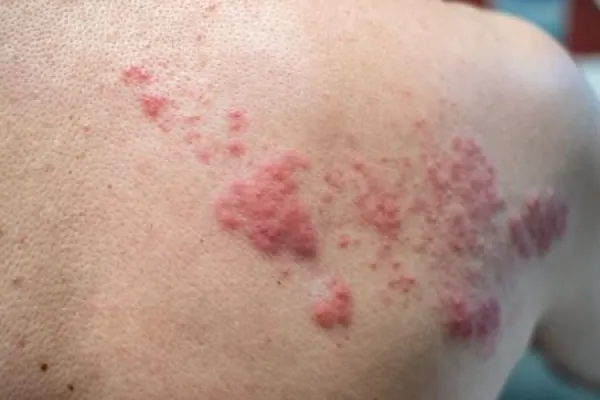Know Synonyms for Shingles to Improve Dx Selection
Question: Encounter notes indicate a patient suffered from “herpes zoster myelitis,” but I know that the nurse practitioner (NP) said that the patient was suffering from pain due to shingles. Either way, I can’t find a diagnosis code that fits. Could you help? RCI Subscriber Answer: First, we’ll look at the correct ICD-10 code; then, we’ll get to the bottom of the terminology confusion. The code you’ll assign for this condition is B02.24 (Postherpetic myelitis). This code lists herpes zoster myelitis as an alternate term for postherpetic myelitis, thus making B02.24 your choice. Zoster or shingles … or both? Zoster and shingles are two names for the same condition. They both refer to the reactivation of the varicella-zoster virus. Zoster refers to the name of the virus, while shingles is the more common term for the condition. Both zoster and shingles describe the same condition: a viral infection that usually features a localized (and painful) rash. According to ICD-10, you might also see the term “zona” used to refer to zoster/shingles. When the zoster involves the nervous system — as it does with your patient — you’ll report a code from the B02.2- (Zoster with other nervous system involvement) code set. Pay attention to the patient’s symptoms, as they can lead the way to the correct diagnosis. The codes you’ll find in this set are: Chris Boucher, MS, CPC, Senior Development Editor, AAPC 

